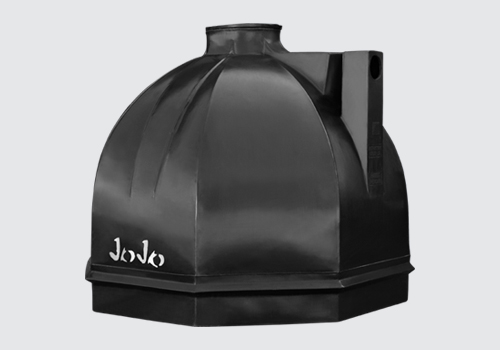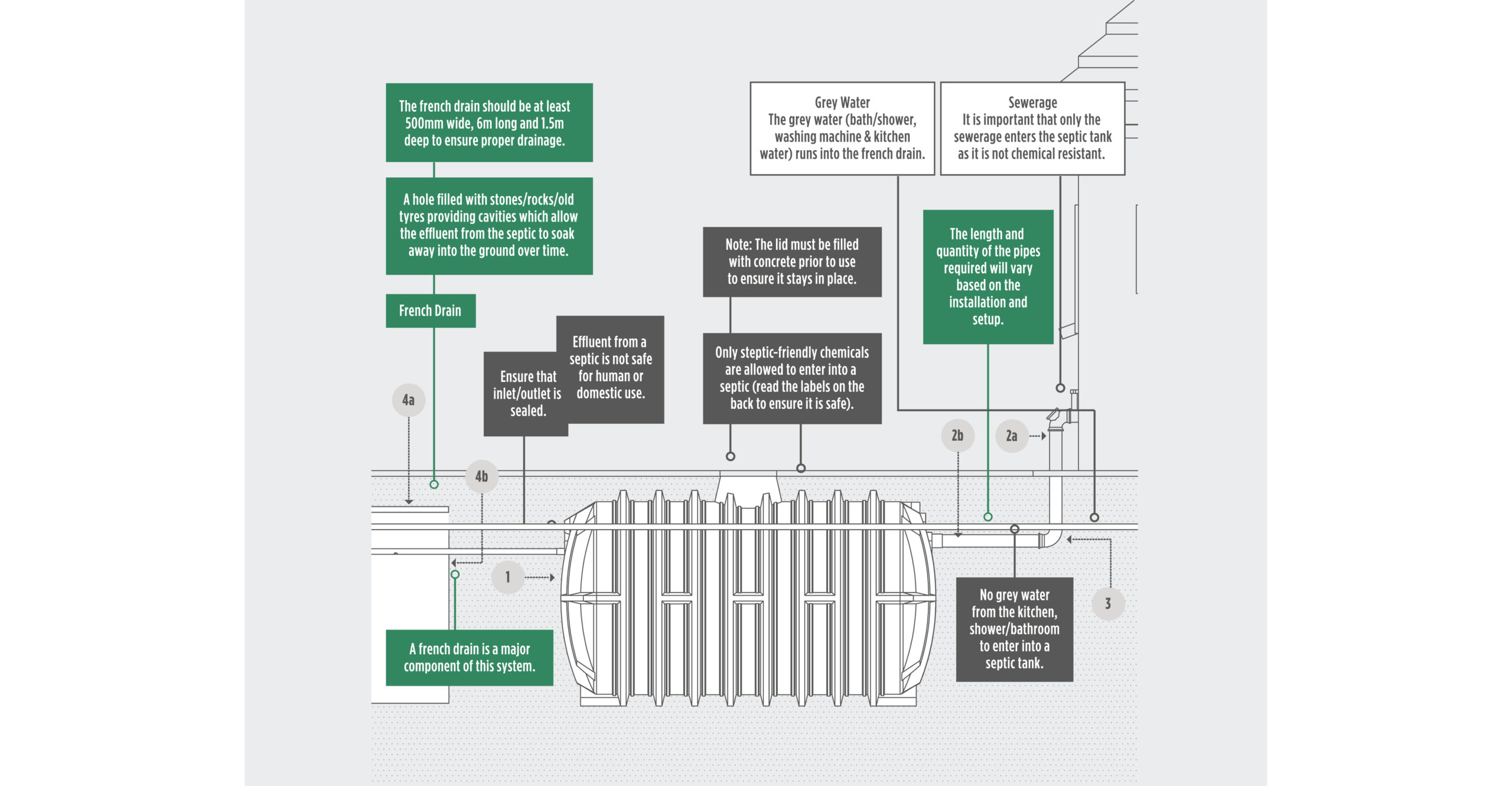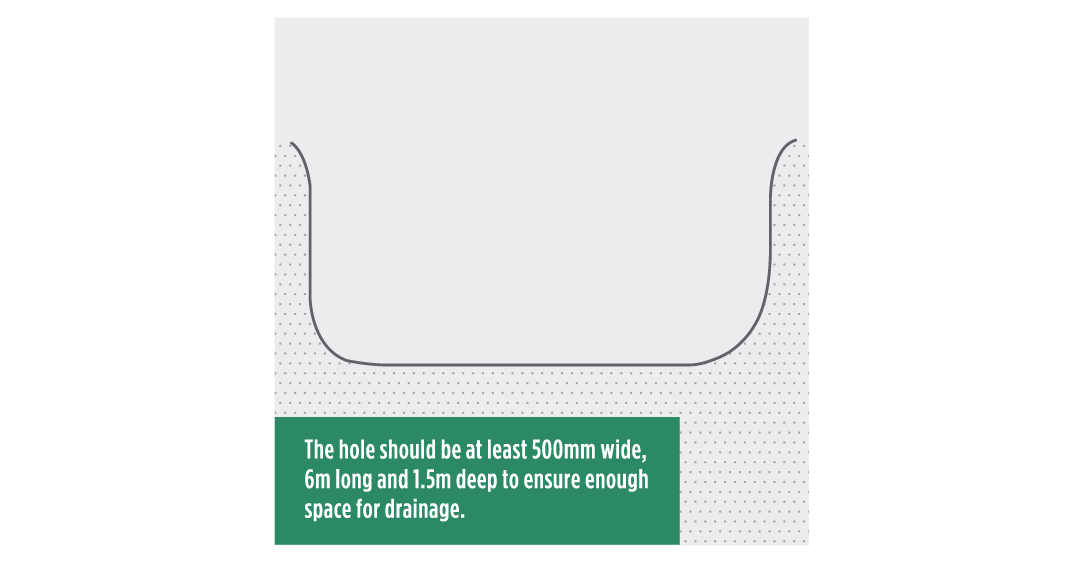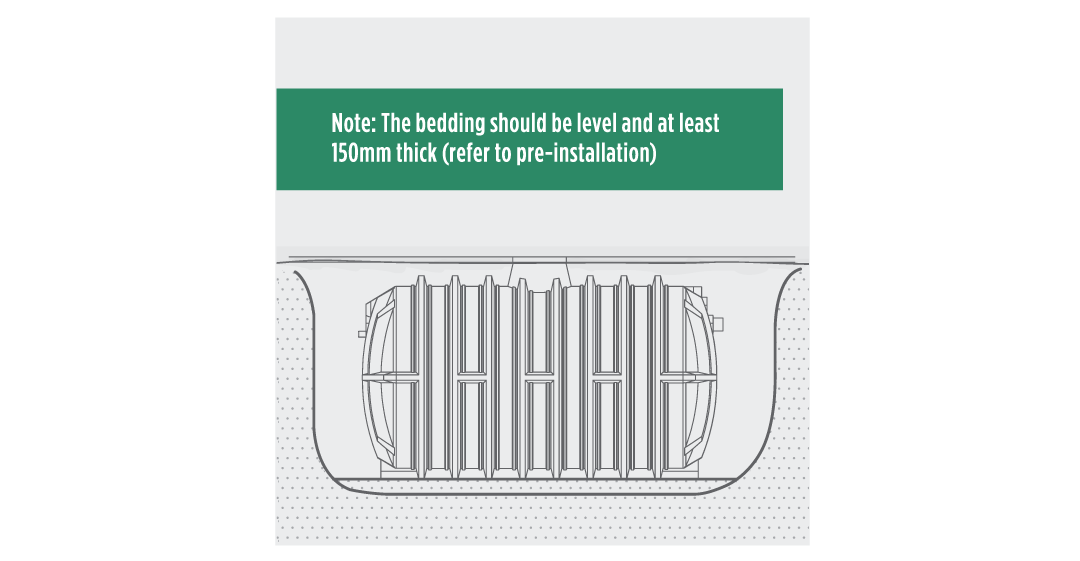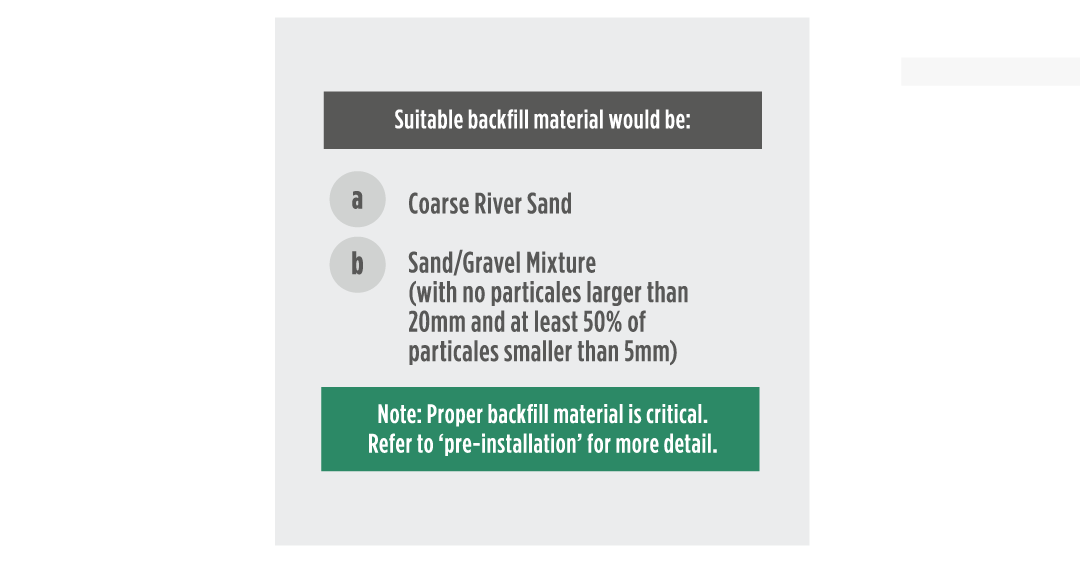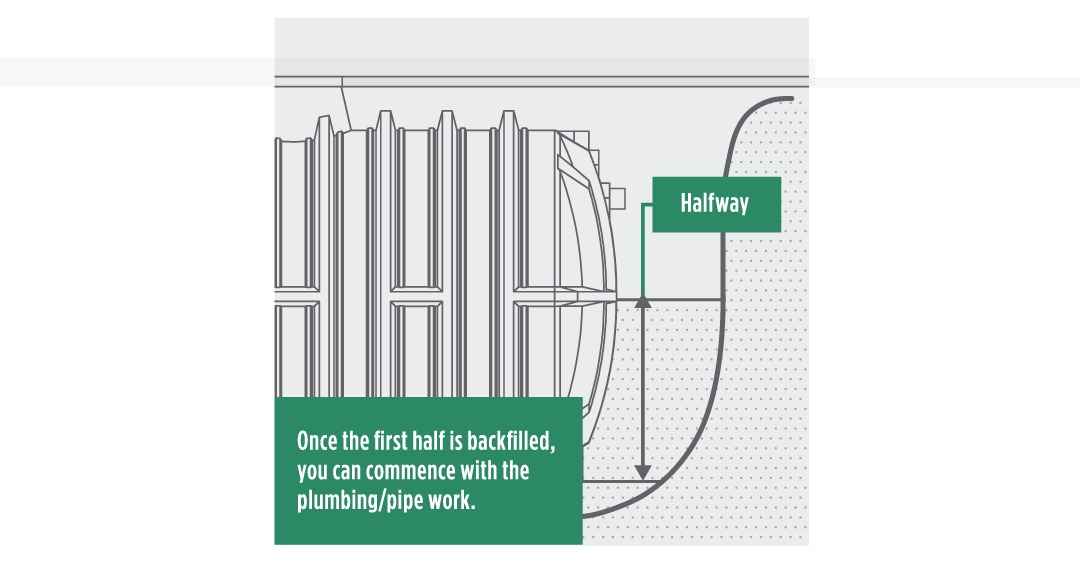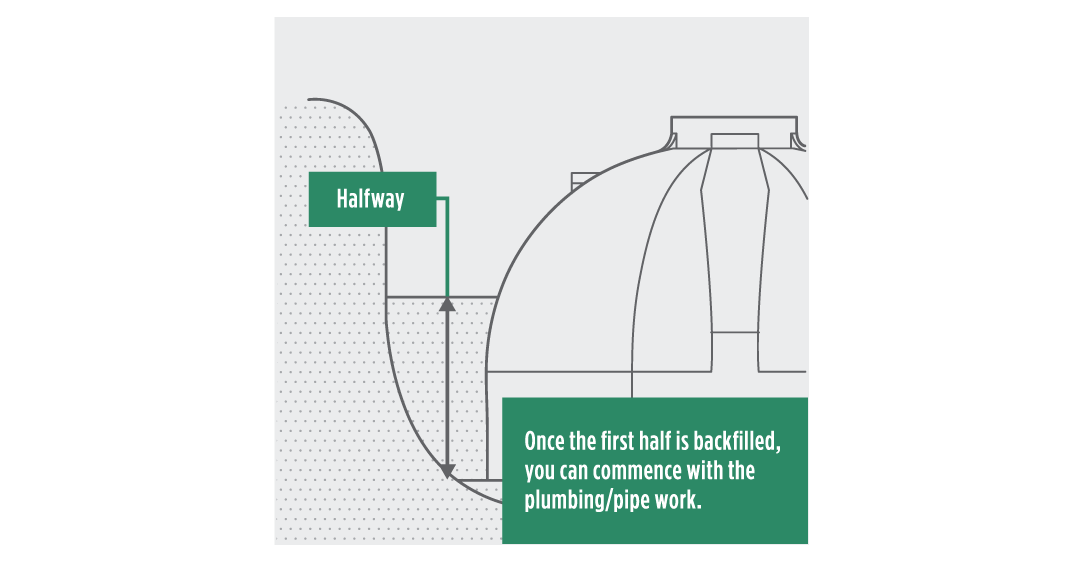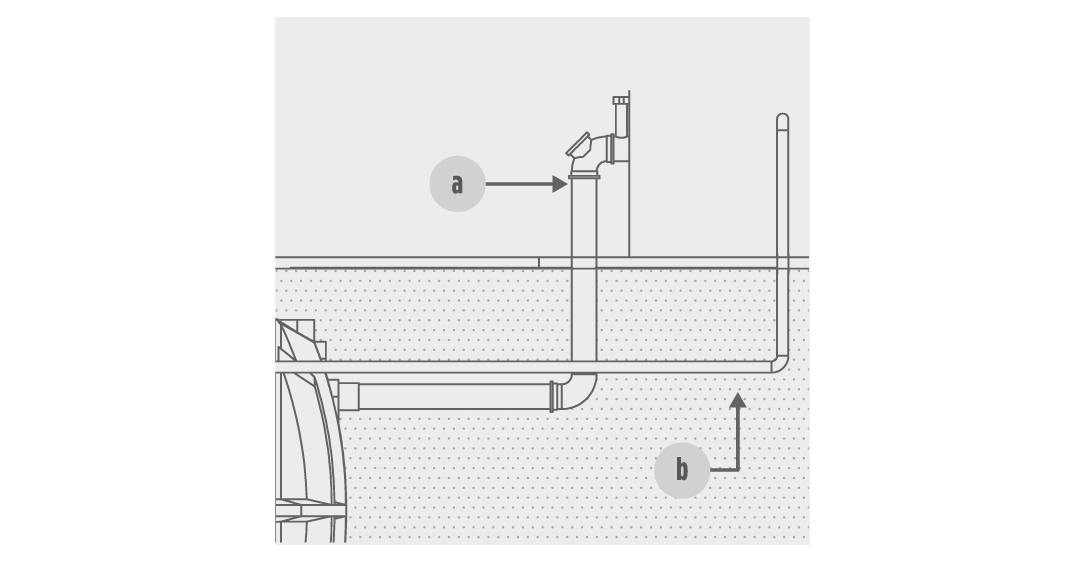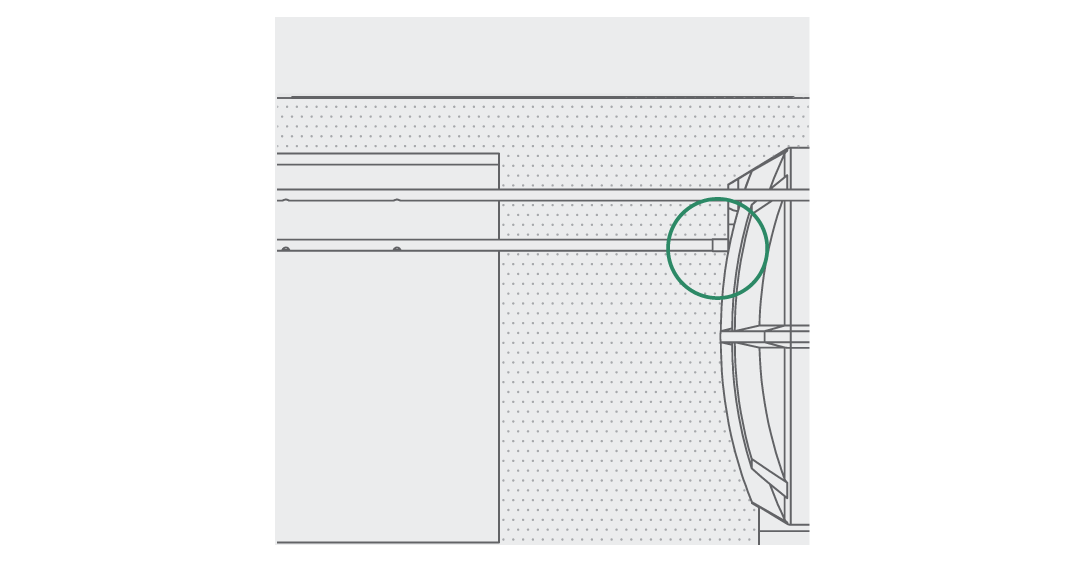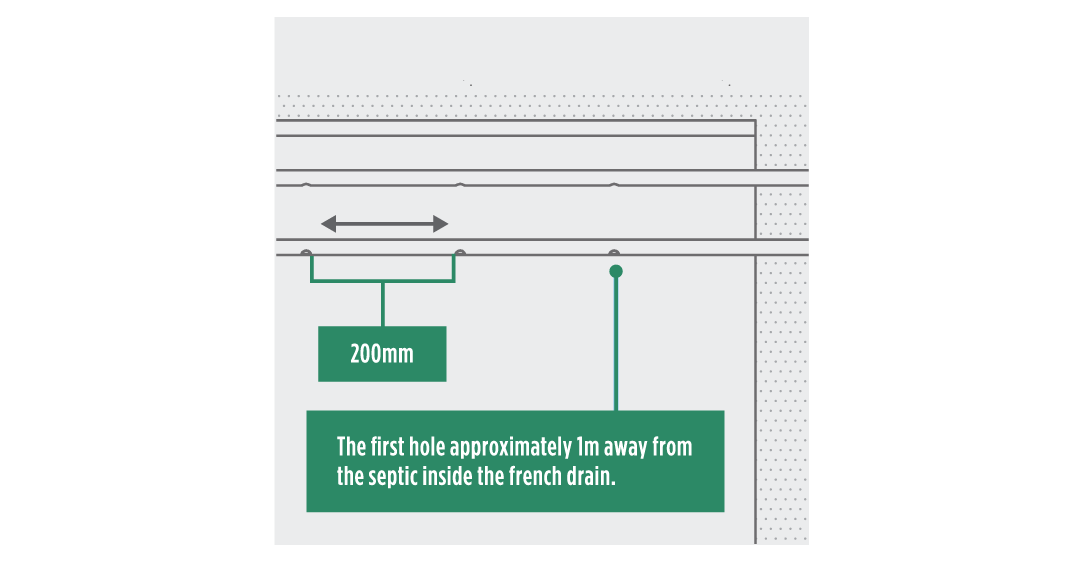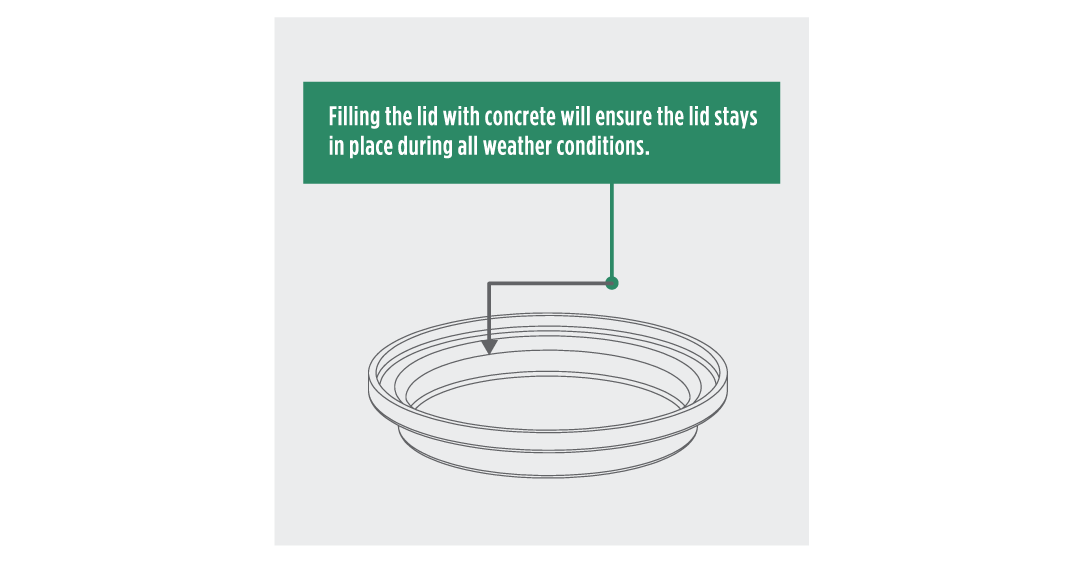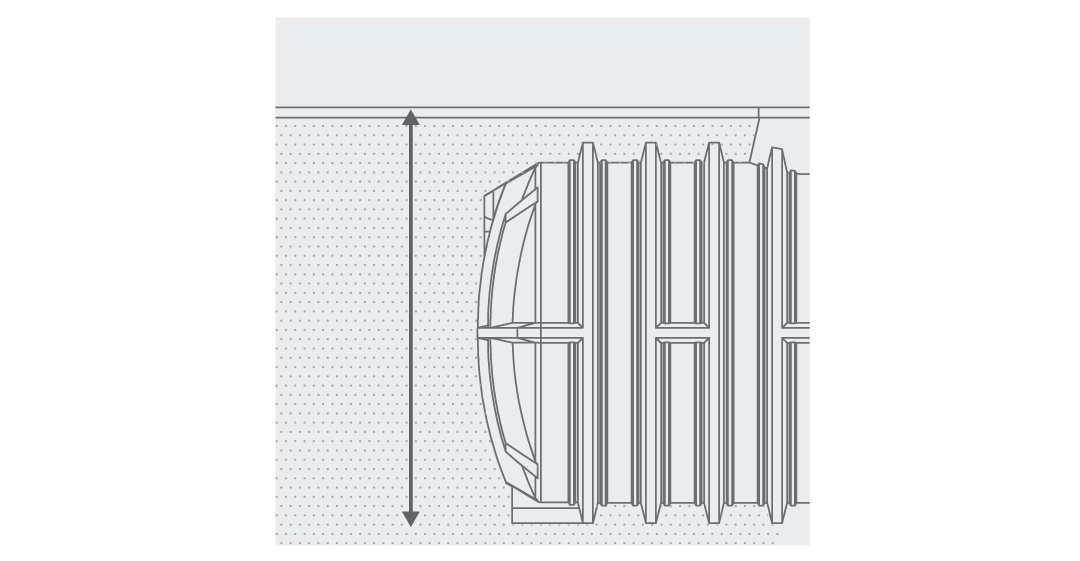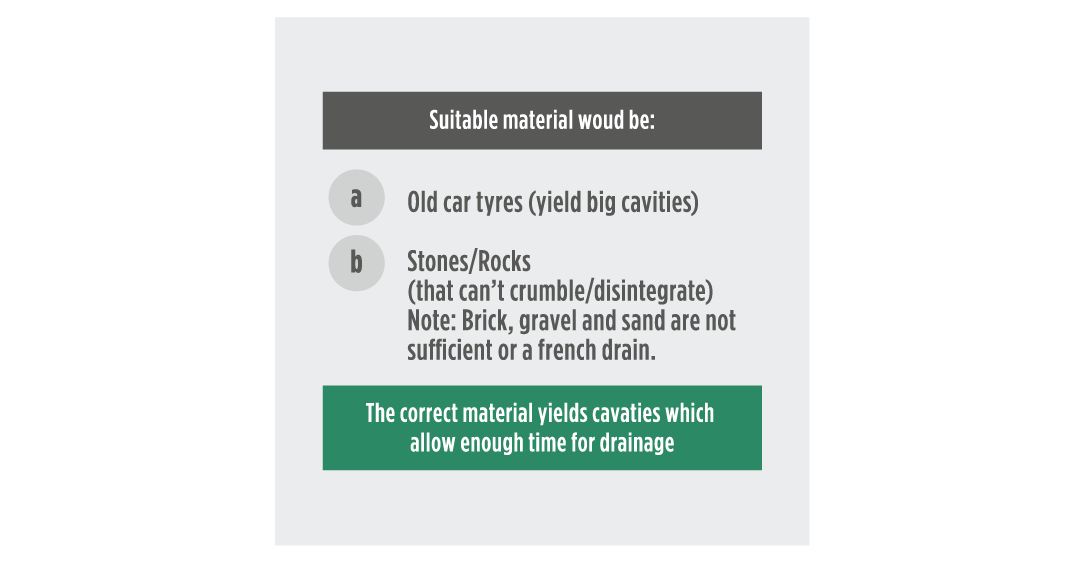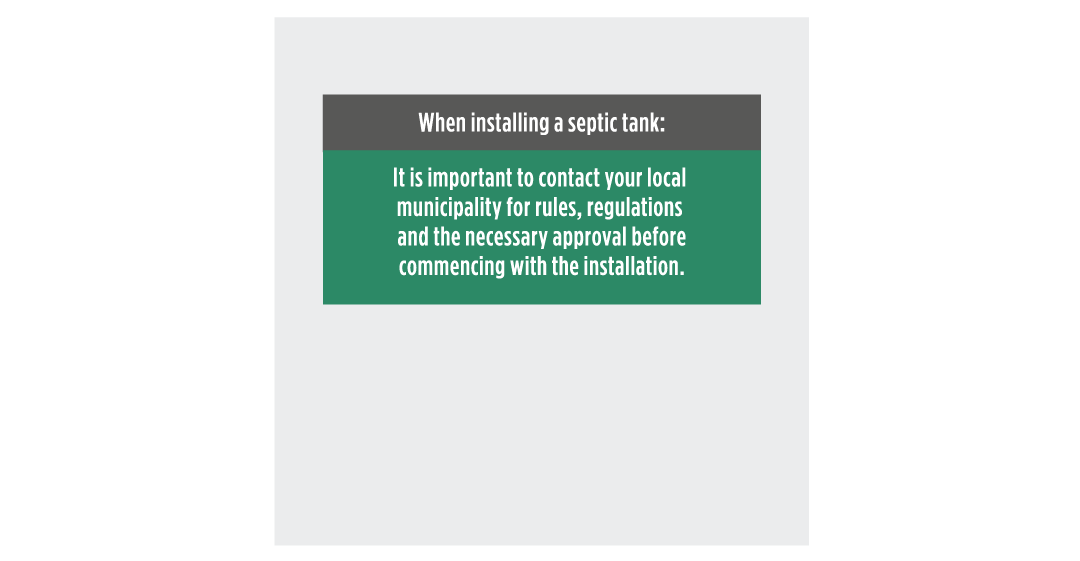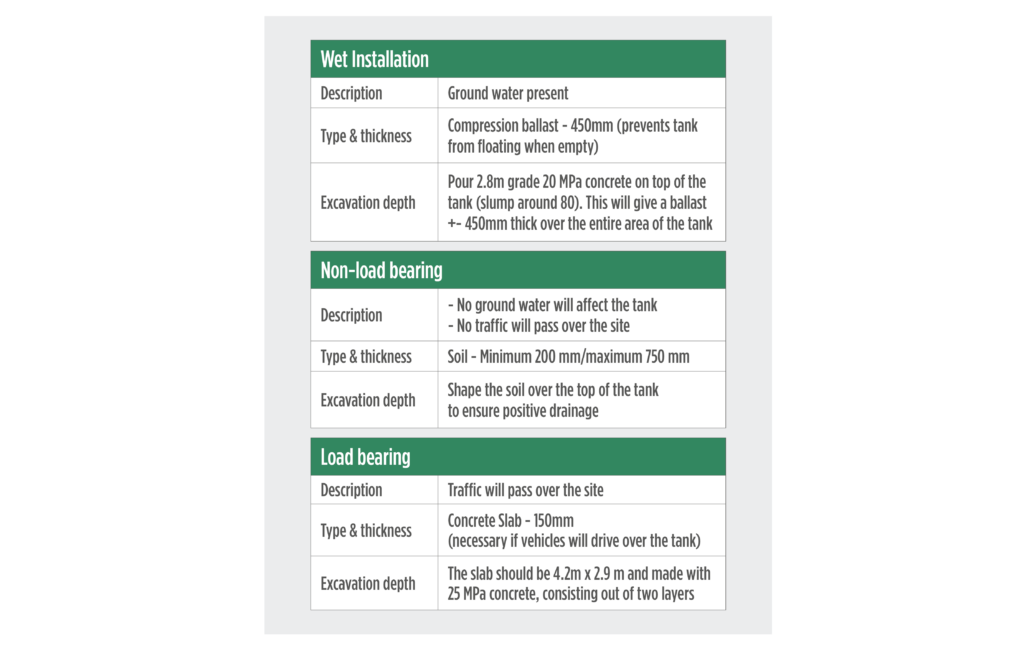Maintenance
Although septic tanks are fairly maintenance-free, there are a few things you can do to ensure that your system functions properly.
1. Use septic-friendly chemicals only.
It is important that only septic-friendly chemicals are used to clean all toilets feeding into the tank, as septic tanks are not chemical-resistant. Chemicals can also kill the bacteria that help break down the solids. Septic-friendly chemicals can be identified by viewing the labels on the back of products. Note: one teaspoon of dishwashing liquid can result in system failure for up to seven days.
2. Use septic-safe toilet paper.
3. Don’t flush non-biodegradables down the toilet.
Avoid flushing any non-biodegradable objects down the toilet, as this can clog the tank and drain field.
4. Ensure lid remains in place.
When installing the tank, the lid is filled with concrete prior to use to ensure it stays closed off. It is, however, important to double-check every now and then to make sure that nothing falls into the tank and no effluent leaks out of the tank (effluent is not safe and carries disease-causing germs).
5. Keep a watchful eye
If you notice any of the following warning signs, contact a professional septic company/preferred installer immediately for assistance:
- Surfacing sewerage or wet spots
- Gurgling sounds in the plumbing system
- Slow draining fixtures

